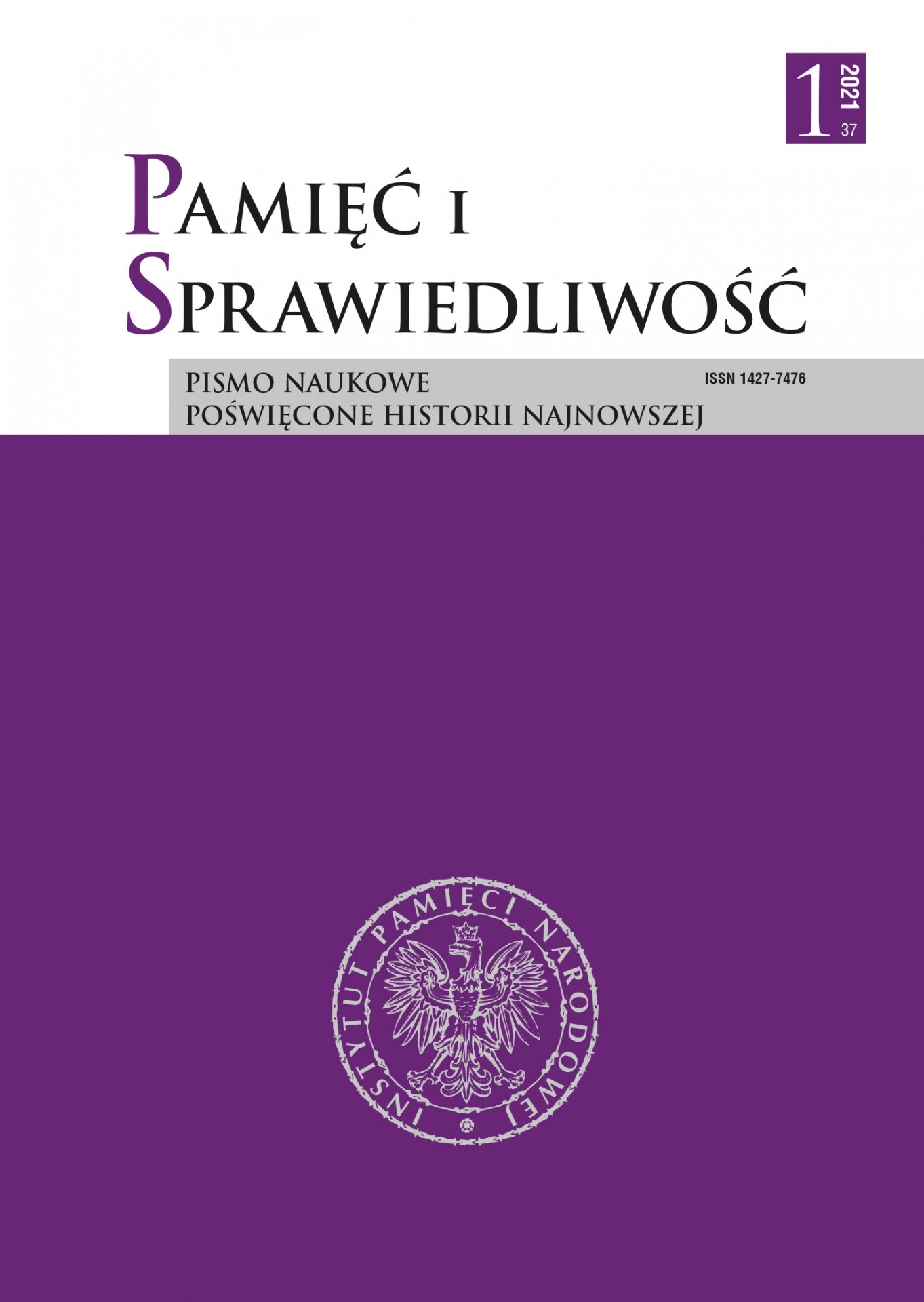Kościół w Polsce po zakończeniu II wojny światowej
The Catholic Church in Poland After World War II
Author(s): Zygmunt ZielińskiSubject(s): History
Published by: Instytut Pamięci Narodowej
Keywords: August Hlond;ministry;Stefan Wyszyński;Western and Northern Poland;agreement;
Summary/Abstract: In 1944, Poland found itself in the Soviet sphere of influence. Meanwhile, its new borders were significantly different than before World War II. In practice, the 1925 concordat was enforced in a selective way. Part of Poland’s eastern territories had been annexed by the USSR, while the organization of Church life there was disrupted. The biggest problem, however, was the Church’s administration of the so-called Recovered Territories. Surprised by this turn of events, Cardinal August Hlond created a temporary circumscription, thus creating a rudimentary Polish ecclesiastical organization in those territories. The communist authorities undertook steps in order to gain control over the Church’s matters there. Meanwhile, although the Vatican did not disavow Hlond’s accomplishments, it considered them to be non-canonical and not justified by the authority that had been granted to him from Rome. Not wanting a schism in the formerly German territories, Cardinal Stefan Wyszyński, the Primate of Poland, made the administrators that had been appointed by the government their vicar generals.
Journal: Pamięć i Sprawiedliwość.
- Issue Year: 37/2021
- Issue No: 1
- Page Range: 17-46
- Page Count: 30
- Language: Polish

